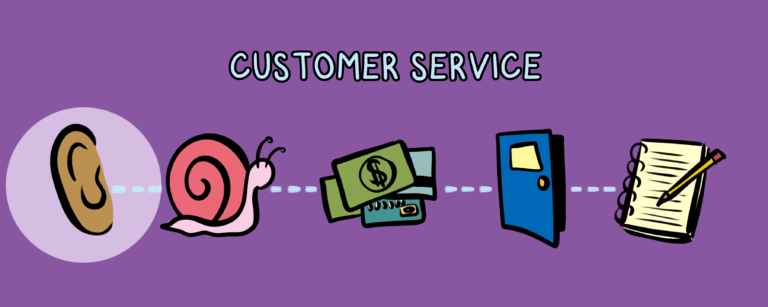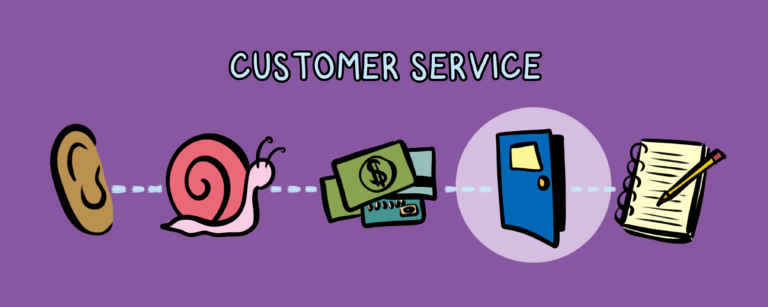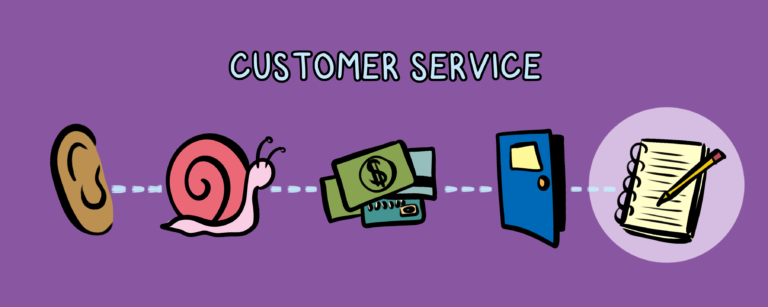Rubrics are often a part of our hiring processes. However, they rarely receive the attention or recognition they deserve. Wikipedia defines an academic rubric as “an attempt to communicate expectations of quality around a task. In many cases, scoring rubrics are used to delineate consistent criteria for grading.” For the purposes of hiring, rubrics are an essential tool to reduce bias and create a more consistent hiring and selection process.

Benefits of using rubrics for hiring:
Defined Focus
Rubrics force you and your team to determine what you’re looking for. The complexity of creating equitable and representative rubrics forces you and your team to elevate what competencies are essential for the role. For example, you may know that a sense of accountability is essential to RA success. That said, until you sit down to create a rubric that outlines four or five ways that a sense of accountability is exhibited, you won’t realize that 360-degree communication, timeliness in reporting, and teamwork are the elements that you can elevate in an interview setting.
Bias Reduction
Rubrics help to ensure consistency and clearly identify scoring criteria. By developing a clear rubric, you’re able to make the process about what the candidate said and how well they articulated their skills.
Different biases can present in the hiring process and most of the time, it’s unintentional but impactful. By sticking to the questions and linking those questions to your rubric (and core competencies), you’re working to ensure that every candidate is given a fair and equitable opportunity to share their best self. Ensure your evaluators are only asking the questions as written, are utilizing the prepared follow-up questions, and avoid impromptu questions that may be unrelated to the rubric.

Scoring Clarity
Rubrics provide a clear score for each candidate. Whether you choose to evaluate based on each question or holistically on the entire interview, the score allows for an impartial comparison of your candidates. A clear rubric and thorough training will reduce the likelihood that you have “easy” markers and “hard” markers. A clear, transparent rubric removes subjectivity and leaves the facts. On top of a clear rubric, training around the rubric is essential. Training ensures your team interprets the rubrics in the same way to ensure consistency, and the time spent on reviewing as a group will save time in the long run and build trust in your hiring practices.
Consistency and Transparency
Rubrics create consistency in your process and allow you and your team members to clearly articulate your process when asked. Clarity with your process illustrates purpose and thoughtfulness while showing candidates and staff that your evaluators are held to a standard for their evaluations. Secondly, rubrics provide an unbiased and clear avenue for feedback. When a candidate asks for feedback on their interview, it’s easy to articulate the areas of success and where there was room for improvement in their answers.
Put in the work into rubrics and see the results
Rubrics are not easy to create. You will likely need several iterations and a few practice rounds before you’re comfortable that your rubric adequately reflects the employability and fit of your candidates. The time is well spent when you consider the benefits of ensuring a fair and equitable process for all of your candidates.
Welcome to the community. We’re glad you’re here.

Sources:
https://www.curiousthing.io/blog/home/why-interview-rubrics-are-the-key-to-modern-hiring
https://www.helblingsearch.com/blog-item-keeping-score-using-a-hiring-rubric






